Android
Top 10 Android 12 Custom Roms Users Can Flash Right Now (April 2022) – Find out these Hidden Gems
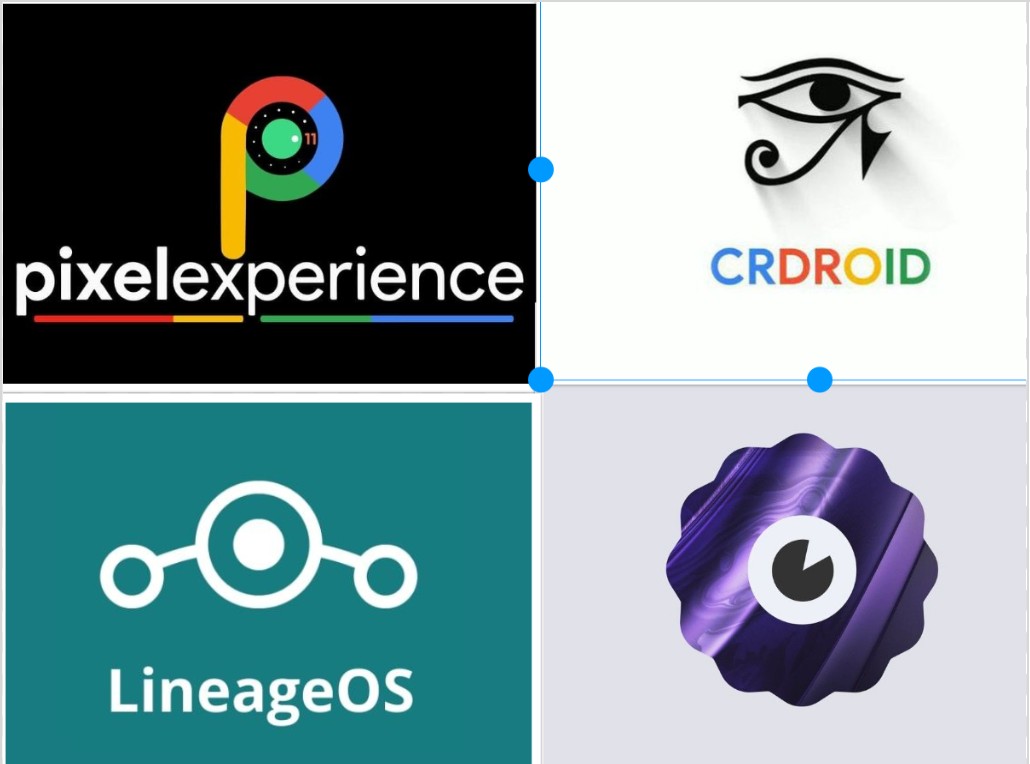
Google released Android 12 update on October 2021. It is One of the biggest updates in terms of size and User interface visual overhaul we have ever seen since Android lollipop.
The Android 12 has Material you a.k.a MONET and other very good features .
Except Pixel Skin in Google pixels and some exemptions like Motorola Ui we cannot see the true Android 12 user interface anywhere what Google has intended us to experience. Favorites in Android skins like Oxygen OS also is missing the stock feel these days and entirely changed their user interface after Color OS Merge.
Then there is always a way and Hope . Here we have Custom roms which can bring Pure stock Android vibes with tons of customizations and No Bloatware.
Since the Android 12 is a big update , many Rom teams took Their time to bring more daily drivable stable roms for users .This Android 12 update is really a challenge for many Rom developers. So , let’s all Thank all the Rom Developers, Maintainers for constantly trying to push improved builds for users to feel the Vastness of AOSP.
Major Roms like Lineage os , Havoc os didn’t Even release Official builds by the time we are writing this article.
So, these Top 10 Android 12 custom roms are based on our TECHIBEE team Analysis and our Telegram group User feedback . Our first priority in this is to Find active roms with more stable recent builds . Find out them here-
1. PARANOID ANDROID ( AOSPA ) :

The moment we hear about PARANOID ANDROID we immediately refer to it as Stable and reliable. This rom has basic customizations and their main focus is stability . Paranoid Android is one of the most popular custom ROMs out there. It’s based on the CAF (Code Aurora Forum) Android base and incorporates the latest performance and battery optimizations for Qualcomm chipsets.
Official Telegram channel – LINK
WATCH OUR PARANOID ANDROID VIDEO :- LINK
2. KOSP:-
KOSP is a small project based off AOSP and they intend to improve upon AOSP to provide a stable and better alternative to OEM roms with additional features.
This Rom is a surprise hit among rom communities lately .
Official Telegram channel – LINK
WATCH OUR KOSP VIDEO – LINK
3. CR DROID :-
This Rom is a Customization king. With the Decline and Almost dead Resurrection Remix , There is only CR DROID we can look up to fulfill our endless customization Desires.
crDroid is a customized fork of Android based on LineageOS.
Official Telegram channel – LINK
WATCH OUR CR DROID VIDEO :- LINK
4. PIXEL EXPERIENCE:-
This rom needs no introduction. One of the first rom recommended to flash for every newbies in Rom communities. This gives complete stock Android feels. This rom gives Pixel Skin vibes what we see in Google pixels . Recently they brought pixel experience plus Edition with Android 12.1 .PixelExperience is an AOSP based ROM, with Google apps included and all Pixel goodies (launcher, wallpapers, icons, fonts, bootanimation).
Official Telegram channel:- LINK
WATCH OUR PIXEL EXPERIENCE VIDEO :- LINK
5. DERPFEST :-
This is the most complete Rom . It gives pixel Aosp vibes at the same time has tons of customizations. And also This is the most active project
Official Telegram channel:- LINK
WATCH OUR DERPFEST VIDEO :- LINK
6. YAAP ( Yet Another AOSP Project ) :-
YAAP is a project founded by Adhitya Mohan and Ido Ben-Hur with the goal of staying close to AOSP in design goals, offer a clean interface, do as much as original development as possible.
This Rom also Focus stability more instead of unnecessary customizations. And it does well in that Aspect.
Official Telegram channel:- LINK
WATCH OUR YAAP VIDEO :- LINK
7. NAMELESS AOSP :-
This rom is a hidden Gem . It has a mixture of Aosp ui stability and all the necessary customizations are also present.
Nameless AOSP is based on Android Open Source Project, inspired by Google Pixel. They offer a smooth and stable experience for your device with a selected set of amazing features that provide an exceptional user experience.
Official Telegram channel:- LINK
WATCH OUR NAMELESS VIDEO :- LINK
8. ARROW OS :-
This Rom is one of the favourite ones for people who prefer stability and minimal rom. ArrowOS is an AOSP based project started with the aim of keeping things simple, clean and neat. They added just the right and mostly used stuff that will be actually USEFUL at the end of the day, aiming to deliver smooth performance with better battery life.
Official Telegram channel:- LINK
9. XTENDED :-
This is a Rom full of customizations.
They have a tag line “CUSTOM ROM REDEFINED” .
Official Telegram channel:- LINK
10. EVOLUTION X :-
Evolution X is a flashable Custom ROM to bring a true Pixel feel to your Android Device at first glance, with many additional configurations. It is one of the favorite custom roms among users with good enough customizations.
Official Telegram channel:- LINK
So these are the Top 10 Active Android 12 custom roms users can flash RIGHT NOW. People Who seek custom rom support should use Telegram app . Follow the Rom telegram groups to Know about Flashing tutorials and Help.
HAPPY FLASHING
If you like our article then follow us on Google news, Instagram or join our Telegram Group. For the latest TechNews and Reviews, follow Techibee on Twitter, Facebook, and subscribe to our Youtube channel.
For More Such Updates Follow Us On – Telegram, Twitter, Google News, WhatsApp and Facebook
News
Nothing OS 2.5 Open Beta 1 with Android 14 Announced for Nothing Phone (2)
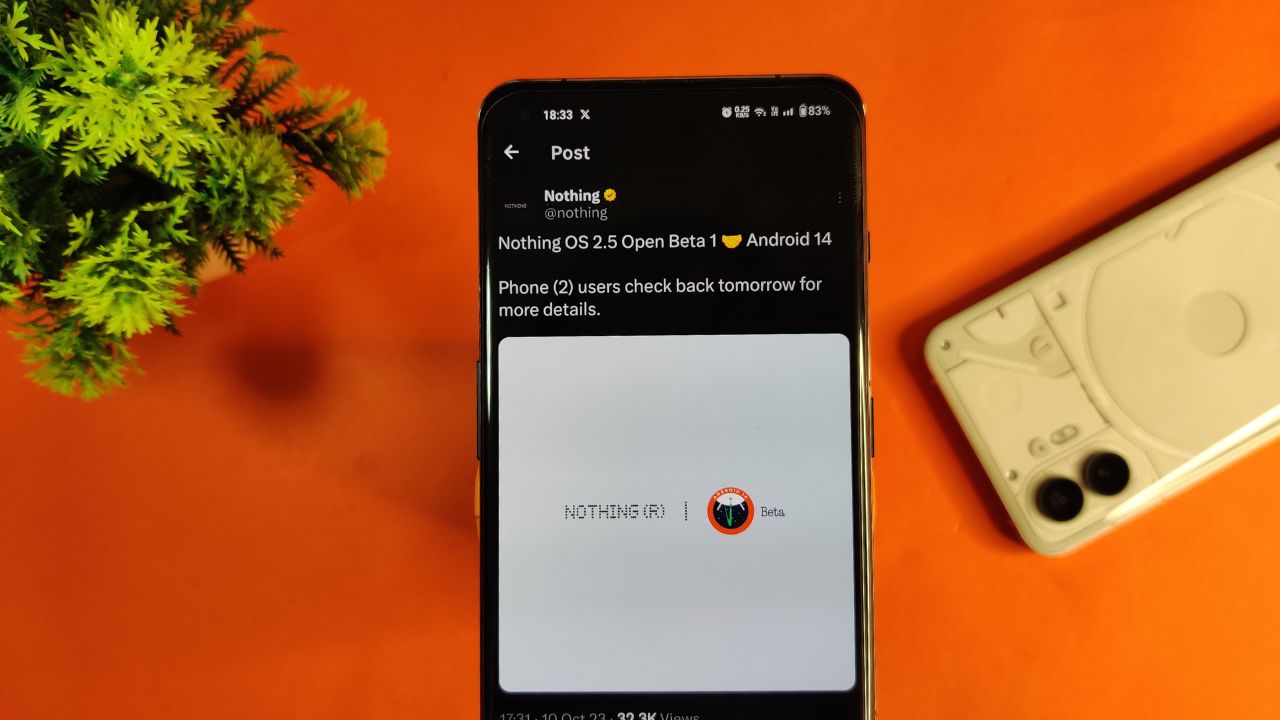
Nothing company has announced its next significant update “Nothing OS 2.5 Open Beta 1” for Nothing Phone (2) users. This new update is based on Android 14. Starting tomorrow, users of the Phone (2) can expect this update on their devices. If there are any special steps needed to install it, the company promises to provide guidance.
The announcement about Nothing OS 2.5 Open Beta 1 came via the company’s official X handle, which used to be known as Twitter. According to their post, more details about this update will be shared on October 11.
However, there’s a bit of a wait on the specifics. Nothing hasn’t yet confirmed the exact time the update will be released. So for now Phone (2) users have to wait for a little while until the next announcement from the company.
For More Such Updates Follow Us On – Telegram, Twitter, Google News, WhatsApp and Facebook
News
Android 14 Update is Now Live for Pixel Devices
Google’s Pixel devices are now receiving the much-awaited Android 14 update. This follows a preview program that began in February, where several previews and betas were issued. If you own a Pixel 4a 5G or a later model, you can download this latest Android version.
It’s not just Pixel users who can look forward to this update. Companies like Samsung, iQOO, Nothing, OnePlus, Oppo, Realme, Sharp, Sony, Tecno, vivo, and Xiaomi plan to release Android 14 updates for their devices soon.
A highlight of Android 14 is its customization features. Google had hinted at these earlier, and now they are a reality. Generative AI wallpapers are making their debut on Pixel 8 and Pixel 8 Pro, backed by advanced text-to-image diffusion models.
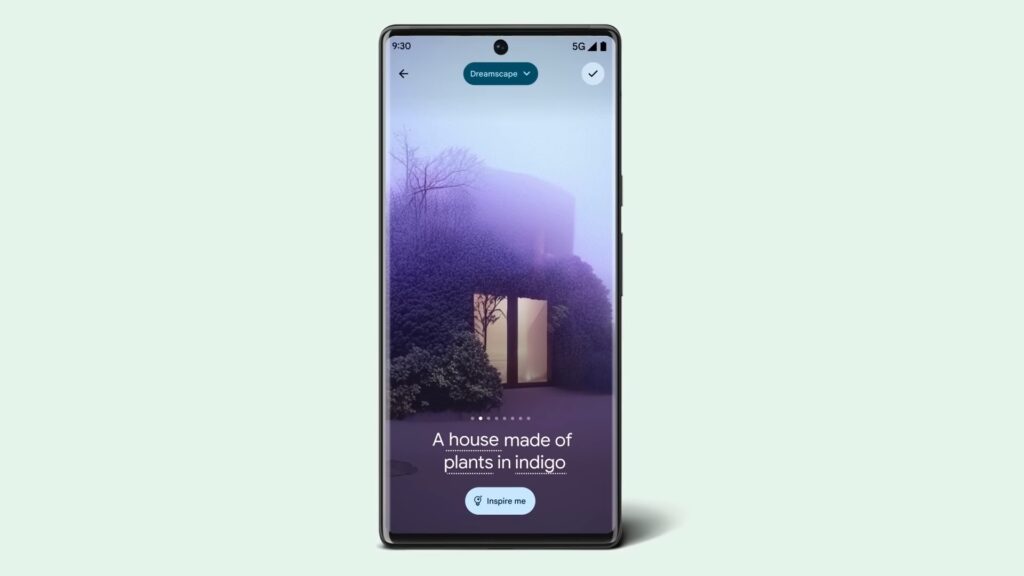
Lock screen personalization has also leveled up. Users can change font styles, choose from different color palettes, and add custom widget shortcuts. This makes it quick and easy to access tools like the QR reader or the Google Home app. There’s even a new feature where the home screen templates adjust dynamically. For instance, if there’s a storm approaching, the weather app widget becomes more noticeable.

Photography enthusiasts will appreciate Android 14’s support for HDR images. The Ultra HDR feature enhances photo quality, making pictures look more vibrant. Audio enhancements are also part of the package, with the inclusion of native spatial audio support, a new media player, and a cross-device copy/paste function.
Prioritizing user privacy and security, Android 14 introduces Health Connect. This feature securely stores and encrypts personal health data directly on the device. Users will now also receive alerts if apps want to share location data with third parties, and they have the option to decline such requests.
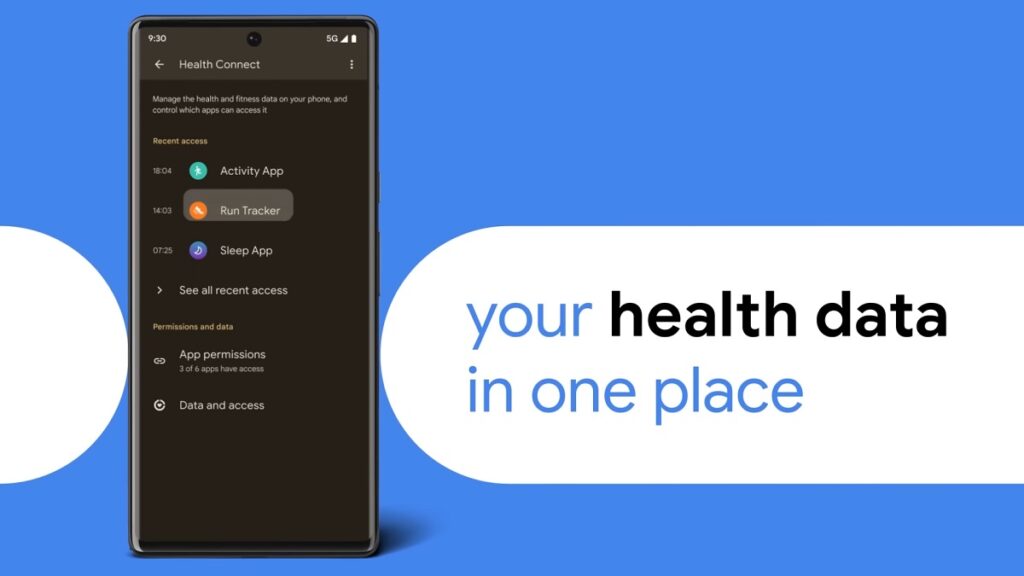
Improvements extend to passkey features. Android 14 offers enhanced support for fingerprint authentication in external apps. Additionally, there’s a revamped 6-digit PIN lockscreen option.
Accessibility has also been a focus for this update. Users can now magnify content more effectively using the pinch-to-zoom feature and select from various magnification sizes. The quick settings menu offers faster font size adjustments using nonlinear scaling, which makes text easier to read. Hearing aid users will find the dedicated setup in the Accessibility settings beneficial, along with expanded options to direct audio to different outputs.
For More Such Updates Follow Us On – Telegram, Twitter, Google News, WhatsApp and Facebook
Leaks
Is Android 14 Releasing on October 4? Telus Listing Suggests So
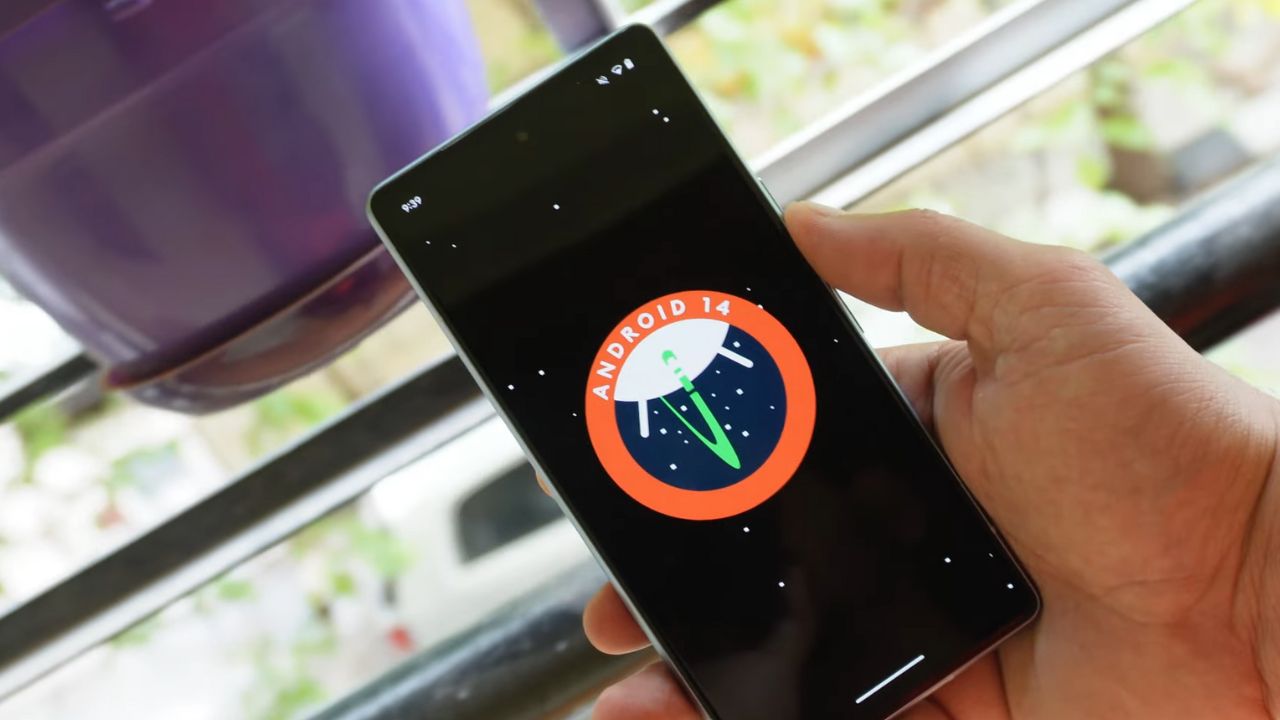
The release of Google’s Android 14 has been much awaited. The latest buzz suggested that it would be unveiled on the same day as the Pixel 8 and Pixel 8 Pro announcement on October 4. While this was initially just a rumor the latest information seems to add some weight to it.
Canadian carrier Telus has provided a clue. They listed software update start dates for the devices they sell. For all Pixel devices beginning with the Pixel 4a the name “Android U” was set for an October 4 rollout.
The term Android U stands for Android Upside Down Cake. This is the inside name for Android 14. Interestingly this detail on Telus’s list was later removed. This change might be because Google noticed the details circulating online and asked Telus to take the information down. This is just a guess. It’s not clear what really happened. There’s a small chance that the initial information was not correct.
But there’s not much waiting left. In less than one day everything will be clear. If Android 14 is set to release on October 4 it is likely that Google will announce it at its big event. So everyone should watch out for that. We will keep you updated on any new developments.
Update: Droid-life.com has updated their article, saying that the information has been removed from the Telus listing as of now.
For More Such Updates Follow Us On – Telegram, Twitter, Google News, WhatsApp and Facebook








